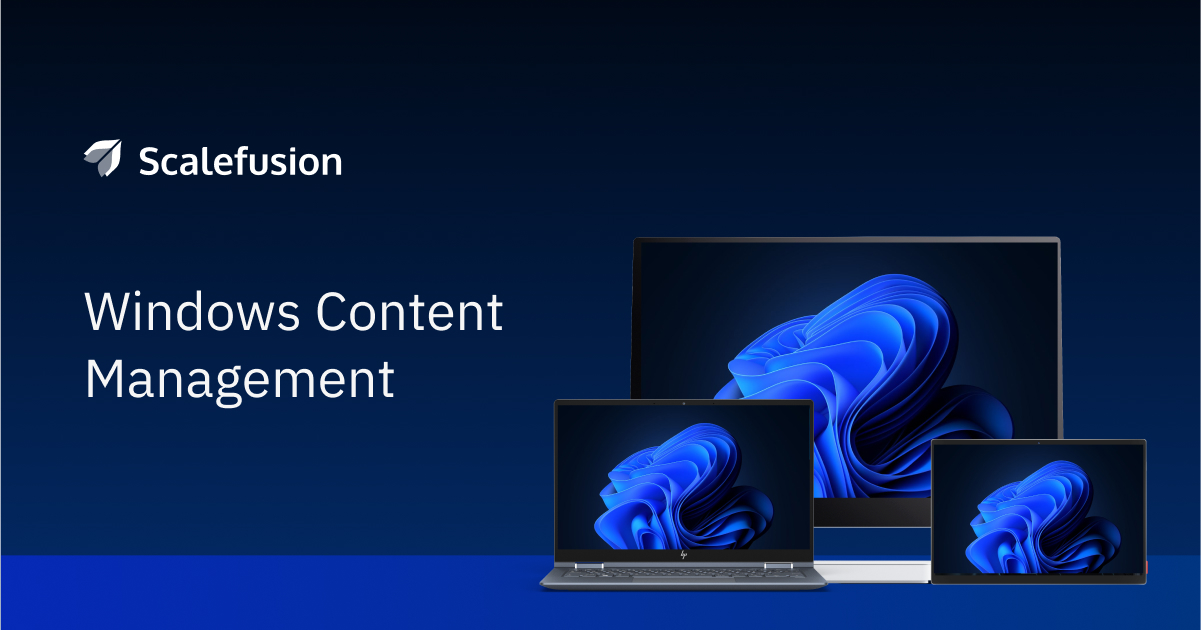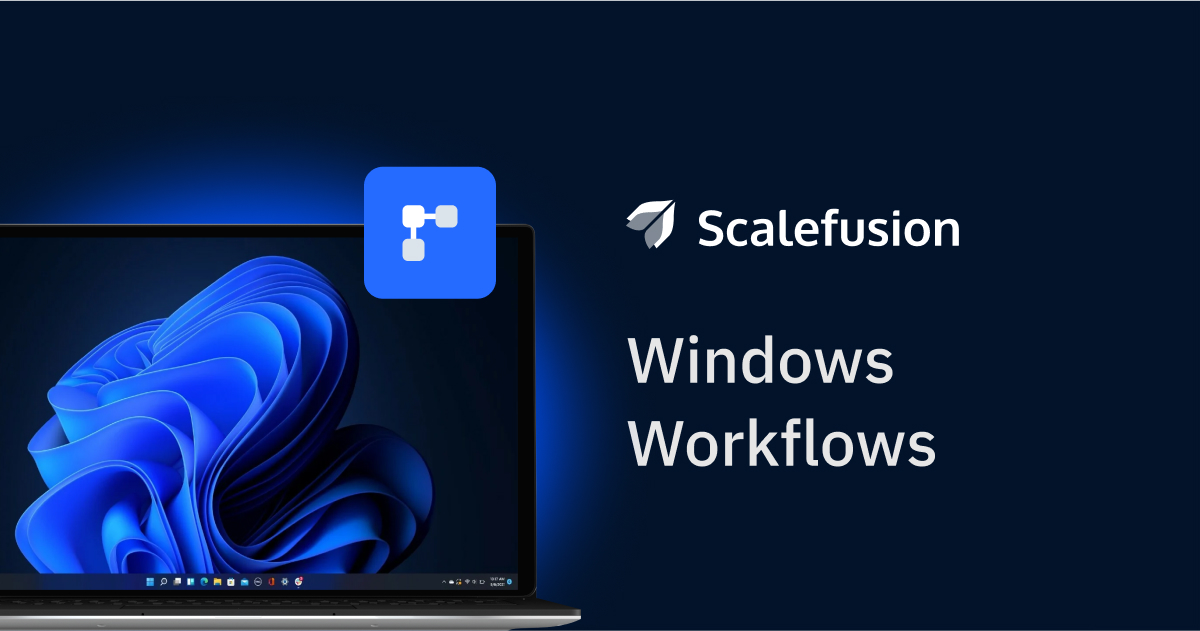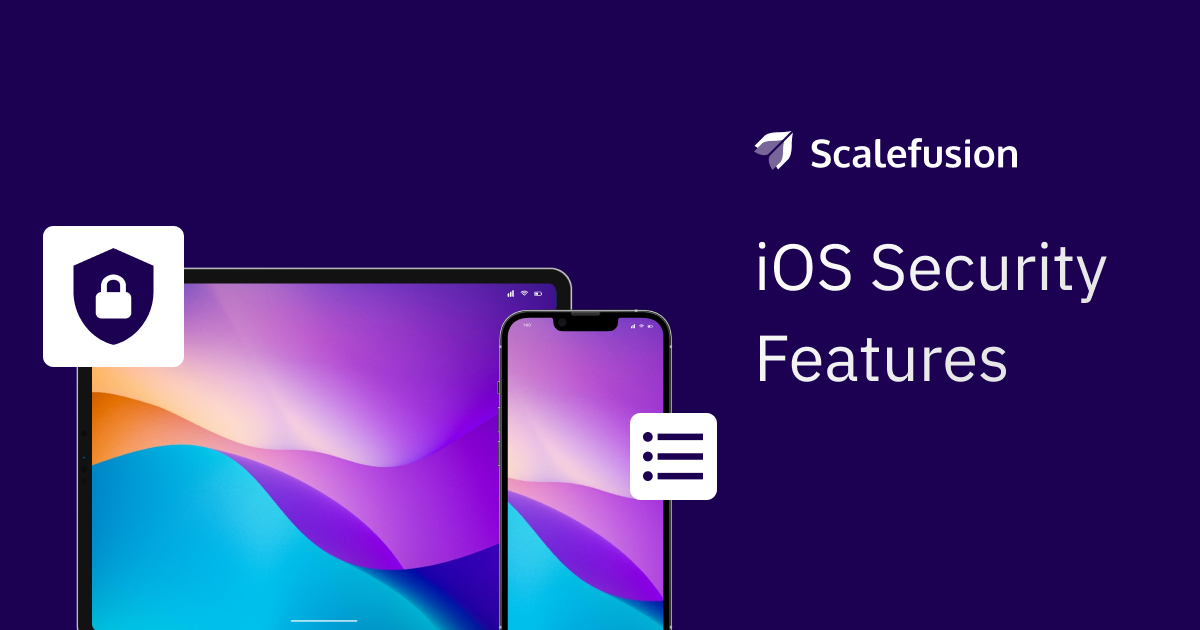Do you doubt data-driven decision-making is crucial, particularly in enterprise mobility? The answer is simple. Just as a driver relies on a GPS to navigate unfamiliar roads, businesses depend on data to guide their strategies and operations. Imagine driving without a GPS. You might take wrong turns, miss the quickest routes, or even get lost.
Just like that, businesses may struggle to make informed decisions without leveraging data, leading to inefficiencies and missed opportunities.
According to a recent study [1], businesses that leverage data-driven strategies are 23 times more likely to acquire customers and 6 times as likely to retain them. This statistic highlights the role that data-driven decision-making plays in achieving success.
Making data-driven decisions can drastically increase productivity, improve security, and achieve cost efficiency in enterprise mobility. By integrating comprehensive data analytics into their strategies, businesses can simplify the complexities with greater accuracy and effectiveness.
What is Data-Driven Decision-Making?
Data-driven decision-making includes using data analytics and insights to inform and guide business decisions. This approach allows businesses to make more accurate, objective, and impactful choices.
Think of it as making decisions based on clear evidence rather than gut feelings or guesswork. Businesses can identify trends, measure performance, and predict future outcomes by analyzing data collected from various sources. This leads to more reliable and effective strategies, ensuring resources are allocated efficiently and goals are met with greater precision.
With context to enterprise mobility, data-driven decision-making is necessary for managing mobile devices, applications, and security. It helps businesses understand how their mobile resources are being used, identify potential issues, and optimize their operations for better performance and security.
All in all, data-driven decision-making provides businesses with the knowledge they need to keep up with modern enterprise mobility and effectively achieve their objectives.
Importance of Data for Decision-Making
How do you think the business world was two decades ago? Decisions were often made based on intuition, experience, and, sometimes, sheer guesswork. Leaders usually relied on their gut feelings, industry trends, and a handful of reports to drive their companies forward. It was a time when adapting to change meant taking risks without the concrete reassurance of data.
Now, let’s jump back to today, and you can see a dramatic transformation. Data-driven decision-making has become the oxygen of successful enterprises. Instead of relying solely on hunches, businesses now use the power of data analytics to gain deep insights into customer behavior and market trends. This shift has revolutionized how strategies are crafted and executed.
In the past, identifying opportunities and challenges was like hoping that you wouldn’t hit your toe in the dark. Today, data illuminates the path ahead, offering a clear view of what works and what doesn’t. Companies can now predict market demands with precision, optimize their resources effectively, and modify their offerings to meet customer expectations.
A recent study by the Centre for Economics and Business[2] found that 80% of businesses that leverage real-time data experience significant revenue growth. This statistic highlights the substantial impact that real-time data can have on a company’s financial performance.
Moreover, data-driven decisions are not just about numbers; they reflect a shift toward objective reasoning and informed choices. By analyzing vast amounts of data from diverse sources, businesses uncover hidden patterns and correlations that were once elusive. This empowers them to act swiftly and decisively, minimizing risks and maximizing opportunities in a rapidly evolving marketplace.
In short, the evolution from traditional decision-making to data-driven insights marks a profound leap forward for businesses. It’s not merely about accepting technology; it’s about having a mindset that values clarity, efficiency, and innovation.
Role of Data in Enterprise Mobility
What is enterprise mobility? Enterprise mobility refers to the trend of businesses allowing employees to work from various locations using mobile devices such as smartphones, tablets, and laptops. This approach makes it feasible, flexible, and productive for employees to access corporate data and applications from anywhere, at any time.
Types of Data Used
- User Behavior Data: This tracks how employees use their devices and applications, providing insights into their work habits and preferences. It also helps identify which applications are most frequently used and which ones might need improvement or support.
- Device Data: This includes information about the devices being used, such as their operating system, model, location, and status. It is vital for managing device inventory, ensuring devices are up-to-date, and can identify potential security risks.
- Application Performance Data: This measures how well applications are functioning, including load times, crash reports, and user feedback. It enables IT teams to optimize application performance, ensuring a smooth and efficient user experience.
How Data from Various Sources Can Be Integrated for Comprehensive Insights
Integrating data from multiple sources provides a holistic view of enterprise mobility, helping with more informed decision-making. Here’s how this can be done:
- Centralized EMM Solutions: Platforms like Scalefusion aggregate data from different devices, applications, and users into a single platform. This centralization simplifies the management, security, and analysis of mobile devices and endpoints. EMM solutions encompass mobile device management (MDM), mobile application management (MAM), mobile content management (MCM), and identity and access management (IAM). They provide features like device provisioning, policy enforcement, app distribution, data encryption, remote wipe, and compliance monitoring, ensuring that enterprise mobility is secure and efficient.
- Cross-Data Analysis: By correlating data from various sources, businesses can uncover patterns and trends that might not be evident when analyzing `data in isolation. For example, combining user behavior data with application performance data can highlight which applications are most critical to productivity and require more resources or support.
- Real-Time Monitoring and Reporting: Real-time data integration allows for immediate insights and faster response times. Continuous monitoring of device data can quickly identify and mitigate security threats, while real-time application performance data can ensure optimal functionality and user satisfaction.
Key Data Sources in Enterprise Mobility
1. Unlocking Insights: Device Usage Analytics
Device usage analytics provide invaluable insights into how mobile devices are utilized within a business. Tracking metrics, such as device uptime, usage patterns, and application usage rates, help businesses optimize resource allocation and improve workforce productivity. For example, analyzing which applications are most frequently accessed can guide decisions on software investments and user training programs, ensuring employees have the tools they need to perform at their best.
2. Performance Spotlight: Application Performance Metrics
Monitoring application performance metrics is essential for maintaining smooth and efficient operations. Metrics such as load times, crash rates, and user feedback help IT teams identify performance bottlenecks and prioritize improvements. This approach enhances user satisfaction and ensures critical business applications operate smoothly across diverse mobile platforms and environments.
3. Shielding Operations: Security and Compliance Data
Security and compliance data counts monitoring activities related to mobile device security, data protection, and regulatory compliance. This includes tracking security incidents, enforcing access controls, and looking after adherence to industry standards. By leveraging security analytics, businesses can detect and mitigate potential threats actively, safeguarding sensitive data and maintaining regulatory compliance.
4. Network Performance Data: Improving Enterprise Connectivity
Network performance data focuses on evaluating the efficiency and reliability of mobile networks supporting enterprise operations. Metrics such as bandwidth utilization, latency rates, and network availability help IT admins calculate network configurations and troubleshoot connectivity issues promptly. This management approach promises uninterrupted access to critical business applications and services, supporting mobile workforce productivity.
Data Intelligence with Scalefusion DeepDive
We talked about the importance of data-driven decision-making and its role in enterprise mobility. That is how businesses should use actionable insights derived from data to walk through complexities and drive informed decisions. While device usage analytics, application performance metrics, security, and compliance data, as well as network performance data, provide foundational insights, Scalefusion DeepDive takes this capability to the next level.
Unlocking Insights with Scalefusion DeepDive
1. Mission Control: Your Inventory at a Glance
The Mission Control section of Scalefusion DeepDive offers a snapshot of your device inventory, featuring a Platform Summary, Device Type, and License Overview. This section is designed to provide a quick yet thorough overview of your entire fleet:
- Platform Summary: View a high-level overview of all managed devices across various platforms, such as Android, Windows, iOS, macOS, and Linux.
- Inventory Snapshot: View detailed device information based on different operating systems.
- Active vs. Inactive Devices: Easily distinguish between online, actively used devices and those that are offline or idle, helping you optimize your device management strategy.
2. Detailed Insights at Your Fingertips
DeepDive allows you to drill down into specific details to gain deeper insights into your device ecosystem:
- Device Details: Explore graphical representations of OS versions, device make, and storage capacity across different platforms. It helps you understand the distribution of your devices and their available resources.
- Compliance Violations: Get a visual breakdown of compliance violations, such as geofence compliance, and security incidents, like failed unlock attempts and SIM swaps.
- Data and Connectivity: Track data usage, device connectivity status, and the frequency of device syncs with the Scalefusion dashboard. This ensures you have real-time visibility into your device activity and connectivity health.
3. Enterprise Store and Content Management
DeepDive also provides a detailed overview of your enterprise content and storage:
- Enterprise Storage Space: Monitor the available and used space in your Enterprise Store.
- Content Management Space: Keep track of the available and used content management space.
- Application Details: View the number of enterprise APKs, Play for Work apps, and iOS apps uploaded to the Scalefusion dashboard, with direct links to manage these applications efficiently.
4. Geofence Compliance: Keeping It Secure
Understanding your geofence compliance is important for maintaining security and efficiency:
- Geofence Summary: Get an overview of the number of geofences created and the devices that comply with them. This summary helps you ensure your workforce adheres to predefined geographic boundaries.
- Geofence Compliance Details: Access detailed views of each geofence, including device statuses and logs. Get information on geofence names to review specific logs and ensure compliance.
Empower Your Business with Data-Driven Insights
Data-driven decision-making is not just a trend but a necessity in today’s competitive business world, especially in enterprise mobility. From optimizing device management to enhancing security and performance, the insights provided by Scalefusion can transform your approach to IT management.
Dive deeper into your device inventory, performance metrics, and compliance data. Start a 14-day free trial or schedule a demo with our experts today!
References:





